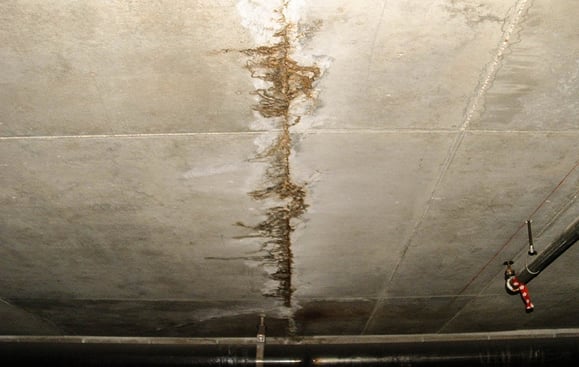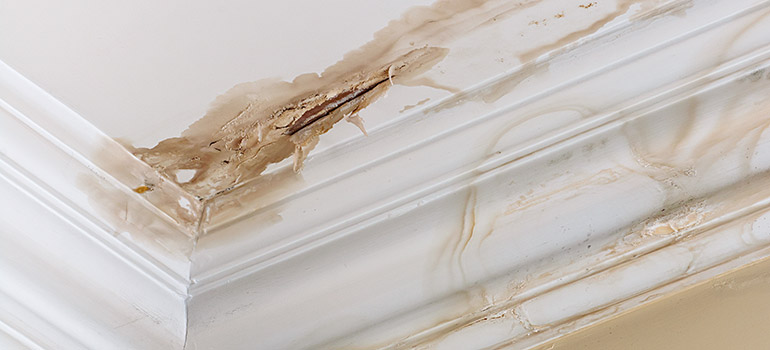Do's & Don'ts of Water Damages.
Do's & Don'ts of Water Damages.
Blog Article
The article author is making a number of great pointers related to Ways to Reduce The Risk Of Fire And Water Damage in general in the content down the page.

Water provides life, yet water breach on some parts where it's not expected to be can result in damages and also hassle. In addition, houses with water damages scent old and moldy.
Water can come from many sources like tropical storms, floods, burst pipelines, leakages, as well as drain issues. If you have water damage, it's far better to have a functioning understanding of security precautions. Right here are a few standards on just how to take care of water damage.
Do Prioritize Residence Insurance Coverage Coverage
Seasonal water damages can come from floodings, seasonal rains, and also wind. There is also an event of an abrupt flood, whether it originated from a faulty pipeline that suddenly ruptures right into your home. To secure your residence, get house insurance policy that covers both acts of God such as all-natural calamities, as well as emergency situations like broken plumbing.
Do Not Forget to Switch Off Utilities
When calamity strikes and you're in a flood-prone area, shut off the major electric circuit. Turning off the power avoids
When water comes in as water serves as a conductor, electrical shocks. Do not neglect to switch off the major water line valve as a way to stop even more damage.
Maintain your furniture secure as they can move about as well as create extra damages if the floodwaters are getting high.
Do Keep Proactive as well as Heed Climate Informs
If you live in a location tormented by floodings, remain aggressive and also ready at all times. Listen to the information and evacuation cautions if you live near a body of water like a river, lake, or creek .
Do Not Overlook the Roof
Your roofing contractor needs to take treatment of the damaged rain gutters or any various other indications of damage or weakening. An examination will protect against water from streaming down your walls as well as soaking your ceiling.
Do Focus On Small Leakages
A burst pipeline doesn't take place in a vacuum or overnight. There are warnings that can draw your interest and also indicate to you some damaged pipelines in your home. Indicators of red flags in your pipes consist of gurgling paint, peeling off wallpaper, water streaks, water spots, or trickling audios behind the walls. There are signs that the pipeline will rupture. If you see these indicators, don't wait on a rise. Repair work as well as check your plumbing fixed before it results in huge damage to your house, finances, and an individual problem.
Do Not Panic in Case of a Burst Pipeline
Keeping your clearheadedness is vital in a time of crisis. Since it will certainly suppress you from acting fast, stressing will just worsen the issue. Panic will certainly also provide you extra stress and anxiety. Timing is key when it pertains to water damages. The longer you wait, the even more damages you can anticipate and also the most awful the outcomes can be. Quickly closed off your primary water valve to reduce off the source and prevent even more damage if a pipe ruptureds in your house. Unplug all electrical outlets in the area or switch off the circuit breaker for that part of the house. Lastly, call a trustworthy water damage remediation professional for assistance.
Water offers life, yet water intrusion on some parts where it's not meant to be can result in damages and also inconvenience. In addition, homes with water damage smell old and moldy.
Seasonal water damage can come from floods, seasonal rainfalls, and also wind. Indicators of red flags in your pipes include bubbling paint, peeling off wallpaper, water touches, water spots, or dripping sounds behind the wall surfaces. If a pipeline bursts in your residence, quickly closed off your primary water shutoff to reduce off the source as well as prevent even more damages.
Are Water Mitigation and Water Damage Restoration the Same Thing?
When are Water Mitigation Services Needed?
Water intrusion can come from small sources like a dishwasher leak or larger ones like rainwater causing inches of standing water in a basement. Other instances of damage that call for water mitigation services include:
Sewer backup, sump pump failure, or clogged toilets Toilet wax seal failure Shower pan corrosion Pipe leaks and ruptures Washer or icemaker line breaks HVAC drain line blockage A leaking roof Moisture behind walls Foundation cracks Mold Mold is a good example to illustrate how water mitigation works. We’ve often found that clients we do mold remediation services for had existing water damage issues that ended up leading to the mold damage. When performing water mitigation we look for what’s causing the water problem and for ways to stop mold before it multiplies and becomes a bigger concern.
Are You Currently Experiencing a Water Disaster?
If you’re in the middle of a water intrusion disaster, here are some important dos and don’ts to follow:
Don’ts:
Safety first! Do not enter a room with standing water until the electricity has been turned off! A regular household vacuum should never be used to pick up water. Never use electrical appliance if standing on a wet floor or carpet. Leave visible mold alone. Dos:
Call a water mitigation professional as soon as possible. Mold and other damage can begin within hours of a water intrusion. Mop and blot up as much water as possible. Remove non-attached floor coverings and mats but leave wall-to-wall carpeting removal to a pro. If there are window coverings like draperies that touch the water, loop them through a hanger and put them up on the rod. Remove wet cushions to dry and wipe down soaked furniture. Move valuables like paintings, photos, and art objects to a dry location. Books should be left tightly packed on shelves until it’s determined if they need specialized drying. Prop open closets, cabinets, and drawers to allow them to air out. https://cfrsfl.com/blog/are-water-mitigation-and-water-damage-restoration-the-same-thing/

I was shown that article on 5 Home Safety Tips To Reduce The Risk Of Fire And Water Damage through a good friend on another blog. Are you aware of anybody else who is excited about the subject? Take a moment to share it. I take joy in reading our article about Fire And Water Damage Prevention.
Report this page